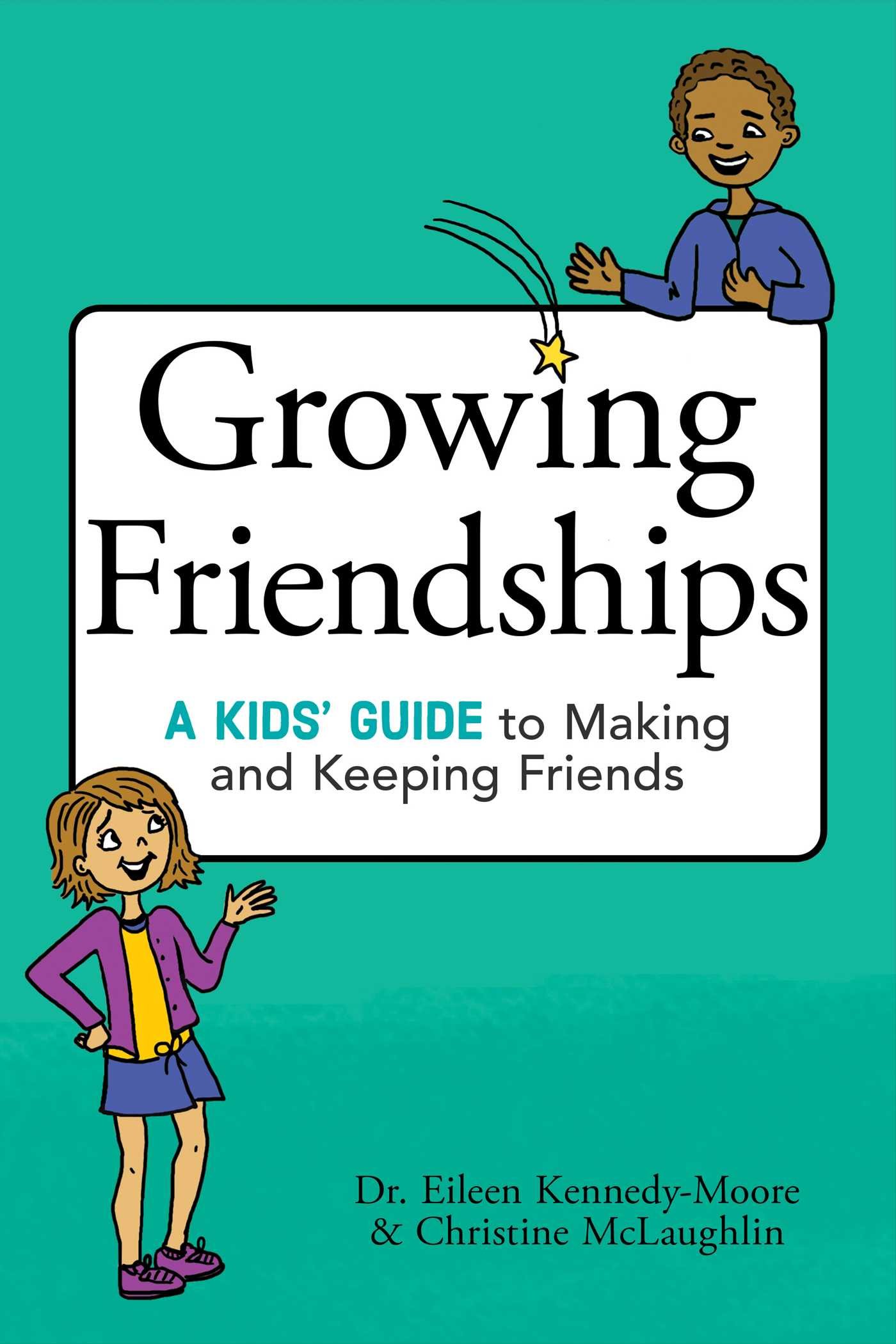36 Questions That Can Help Kids Make Friends [downloadable]
 The young teen years are a ripe time for forming friendships. It’s an age when kids are particularly focused on peer relationships and social status, developing their sense of identity and social skills.
The young teen years are a ripe time for forming friendships. It’s an age when kids are particularly focused on peer relationships and social status, developing their sense of identity and social skills.
Having friendships (or even just feeling a sense of belonging) at school has many benefits. Kids who have friends may adjust to school better and be somewhat protected from peer victimization. Those who make friends in early adolescence tend to have better health and well-being in adulthood, making it critical to a child’s development.
A new study conducted by Leslie Echols of Missouri State University and Jerreed Ivanich of the University of Colorado has found that the famous “36 questions” that can help people feel close or even fall in love could help prompt friendships in young teens. Not only does this exercise appear to help kids feel closer, it seems to work equally well for middle school boys and girls and across ethnic differences.
“There’s a need for a program that’s direct and intentional for building friendships and providing opportunities for more social acceptance,” says Echols. “This one seems promising.”
Using questions to build closeness
The 36 questions activity, also known as Fast Friends, involves pairing people together and having them take turns answering questions that become increasingly more personal and require more vulnerability. It has been shown to reduce prejudice and anxiety when people from different cultures are paired up, but it has never been used as a classroom-wide activity in middle school. That’s what Echols wanted to try.
For her study, 301 young teens at a public Midwestern middle school rated how well they knew other students of the same gender in their class. The researchers used this information to pair them with a student they didn’t know well or consider a friend—either from the same ethnic group or a different ethnic group. Because the school had mostly white and Hispanic students, kids from other ethnic groups (Black, Native American, mixed ethnicity, etc.) were grouped together.
For the first two sessions, the partners spent time asking and answering personal questions, while the third session involved them building a tower structure together in competition with other pairs in their class. For the questions, researchers drew from both the original 36 questions procedure and The Kids’ Book of Questions to find ones that were age-appropriate.
Researchers then analyzed how friendships had grown or changed. The results were clear. Students felt closer to their Fast Friends partner and considered them more of a friend afterward than they did a random student they hadn’t participated in the activity with.
Why connections matter
Of course, her results don’t necessarily mean that all kids who try the Fast Friends activity will end up becoming actual friends. Still, it does increase the likelihood of that happening, she says. If we get to know a bit about someone we didn’t know before and spend time with them, we are more apt to reach out to them later on.
“Just the fact that the students were able to identify some shared interests and activities may provide a good enough foundation for them to go ahead and start doing those things together,” says Echols.
Besides, even if the connections don’t result in real friendship, there are benefits to increasing a sense of connection to other kids in a classroom, says Echols.
“Particularly in middle school, where peer victimization rates are so high, if we can encourage kids to understand someone as a human being—know some of their hopes and dreams, what they struggle with—it might help them treat each other a little more humanely,” she says.
“Even if lasting friendships aren’t created, it could at least build some bridges between individual students and between racial groups,” she says. “It’s exciting that there’s something out there that might make middle school better for kids.”
Excerpted from “36 Questions That Can Help Kids Make Friends” by Jill Suttie, Psy.D., published in Greater Good Magazine. Read the full article online. View or download the 36 questions activity to help your child have conversations to build closeness.
Source: Greater Good Magazine | 36 Questions That Can Help Kids Make Friends, https://greatergood.berkeley.edu/article/item/36_questions_that_can_help_kids_make_friends | © 2021 The Greater Good Science Center at the University of California, Berkeley
If you have concerns about your tween or teen, CHC Care Managers can arrange a free 30-minute consultation so you can explore options with an expert. We invite you to call or email our Care Managers at 650.688.3625 or careteam@chconline.org to set up an initial Parent Consultation appointment. CHC teletherapy services are available now.





